How To Get The Best Lawn In Your Neighborhood
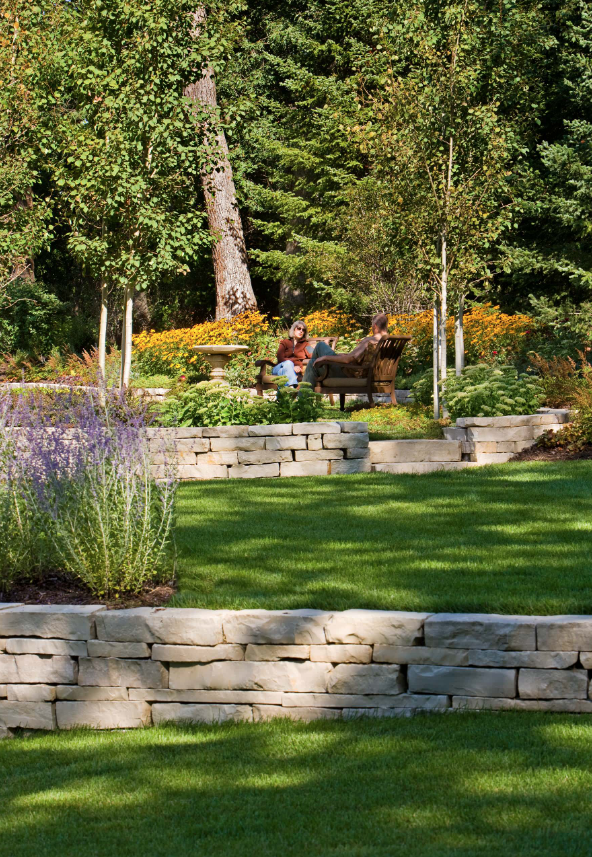
No one wants to have the roughest looking lawn in the neighborhood, but a healthy and great looking lawn isn’t just luck! Here’s how to care for it!
 Photos By: Windsor Companies Landscaping
Photos By: Windsor Companies Landscaping
Your lawn is a living thing that requires careful maintenance through the entire year. It is possible with regular help to have a lush, full and green looking lawn. With the right feeding, watering and fertilizing schedule you can get the best looking lawn on your block.
The more effort and care that you put into your lawn, the better it will look. There are many solutions today that are healthy for your lawn and the environment to keep your lawn looking great and weed-free. A great lawn not only feels and looks great but it can actually improve your home’s curb appeal.
We are going to take a look at some of the basics of lawn care, from the best time to reseed to what the best mowing height adjustments are for each season.

Weed Care
If weeds get rooted in your lawn they can spread quickly and be a tough problem to tackle. Making a preemptive strike in the early spring to kill any seeds that have lasted through the winter is a great step. Close monitoring of your lawn will help you spot potential problems. For the tough weeds like Dandelion or Broadleaf you can also use a herbicide in the fall to prevent any seeds from taking hold before the frost. If you are just seeing a few plants here and there you can remove them by hand, making sure to pull the whole root out. It’s important to consider the products you use on your lawn, as some can be harmful. Using harmful products can not only damage your lawn but also pose health risks to you and your family. For instance, there have been numerous concerns and legal actions, such as the Roundup weed killer lawsuit, highlighting the potential dangers associated with certain herbicides. Opting for safer, eco-friendly alternatives can help maintain a beautiful lawn while ensuring the safety and well-being of your household.
Mowing & Watering
The spring is a time of accelerated growth for your lawn. You can safely cut your lawn every 5-6 days. During the spring it is a good idea to only cut down about ⅓ of the blade to allow your young grass to fill out properly.
The summer heat can be brutal for your grass. Don’t cut it down too much or too often as it can get burnt and die from the sun’s heat. Weekly watering in the early morning hours can be enough for your summer lawn if you have had regular precipitation.
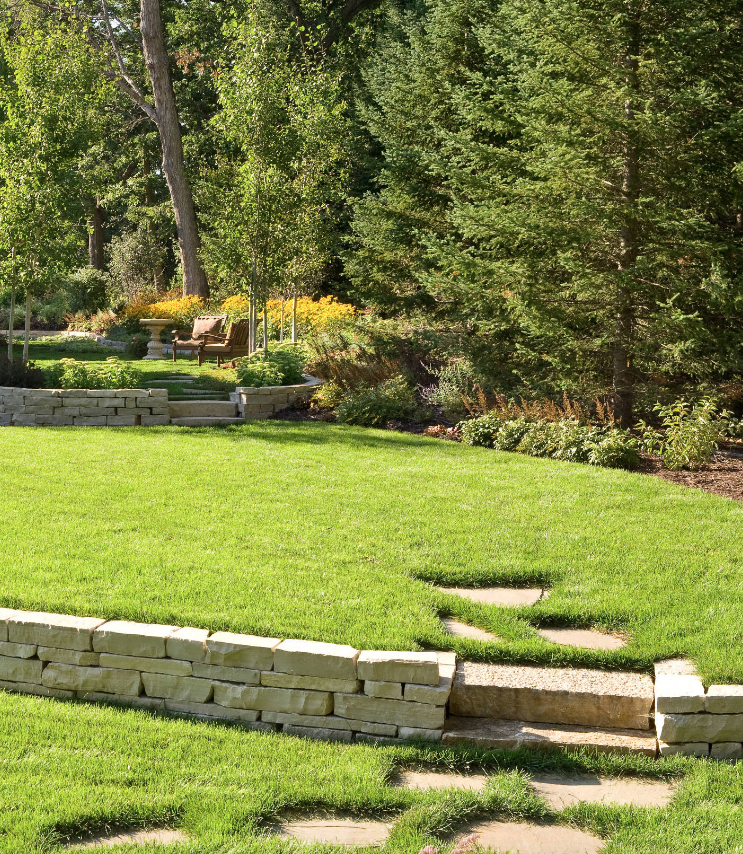
For the last cut of the season in the fall you should keep the length a bit shorter. Leaving it too long in the fall with thatch it can attract pests to nest there for the winter. Regular mowing and fertilizing in the fall can help protect your lawn through the harsh winter.
When you are mowing it is important to make sure that the blades of your lawnmower are sharp. You want a clean cut across your blades to encourage healthy regrowth. You should also change your mowing directional pattern each time that you mow.
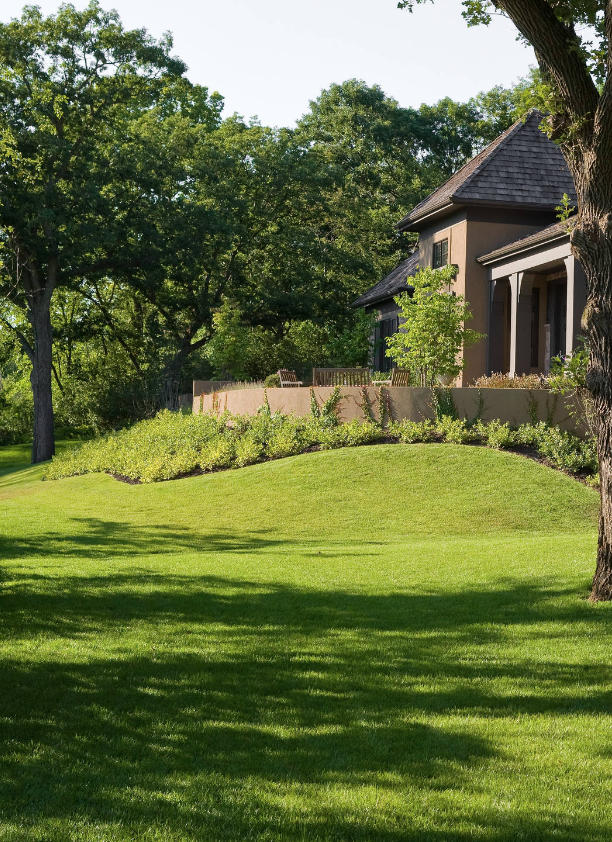
Fertilize & Seed
The spring and fall are the prime times for seeding and fertilizing your lawn. Having fertilizer for your lawn can make the difference when it comes to grass survival. Many other living things are living off the soil’s nutrients. Fertilizing it ensures that the grass can get enough of it. Fall “overseeding” can be done to increase the chances of surviving growth through the winter. This will thicken up your lawn to a luxurious carpet in the spring when the weather is wetter and the growth is accelerated.
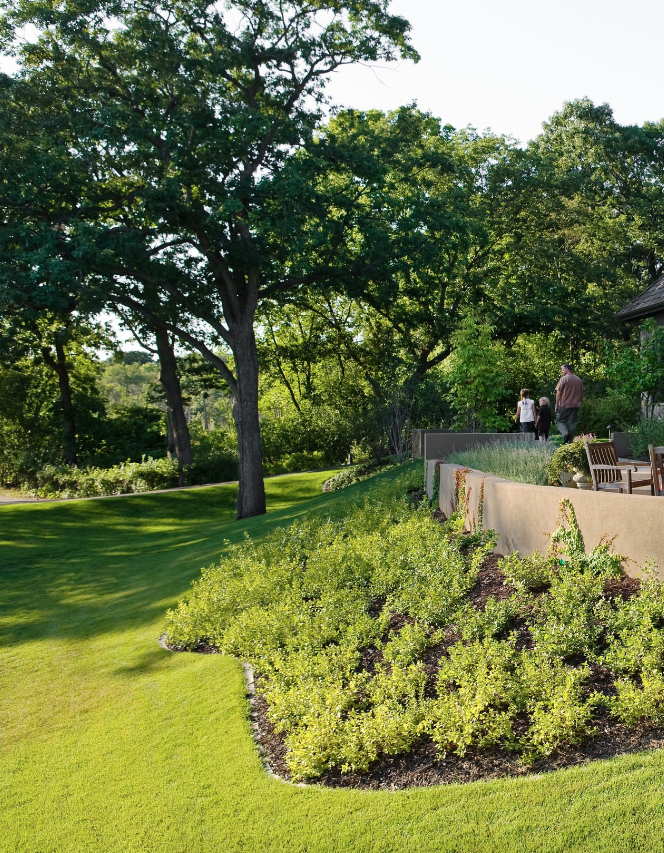
Fertilizer is a vital part of a healthy and beautiful lawn. Your grass needs the proper levels of nutrients and minerals as any other living thing. Using a fast-release nitrogen rich fertilizer in the spring can stimulate new growth and strengthen your lawn. In the fall, you will want to switch to a slow-release formula that will guard your lawn and seeds through the months of cold.


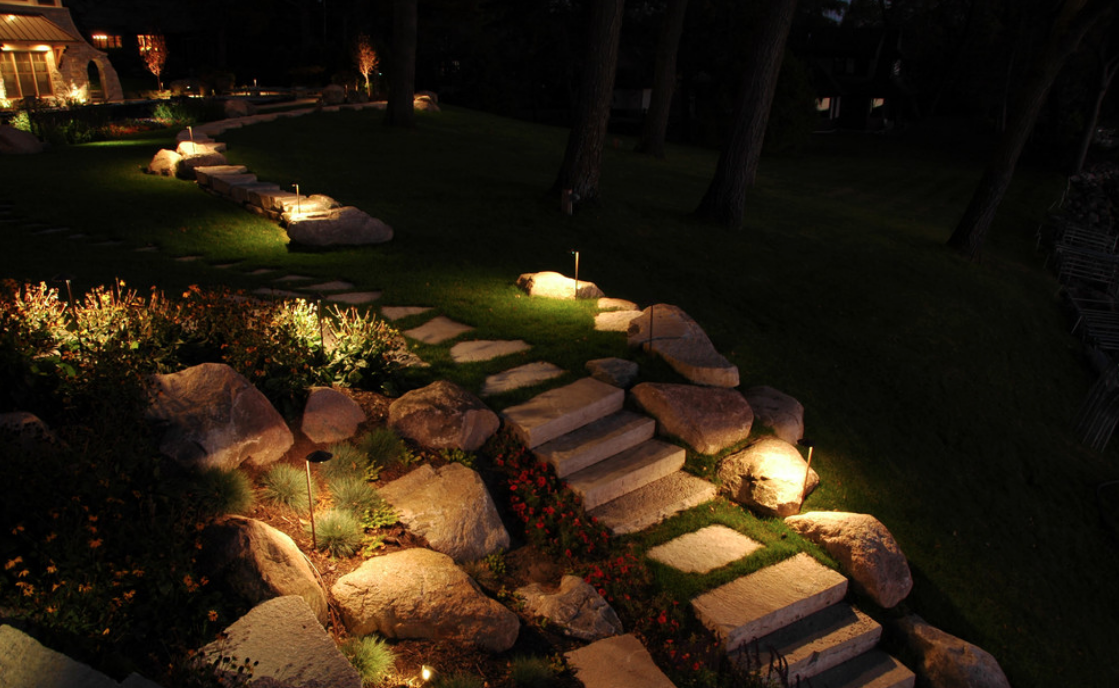





Leave a Comment